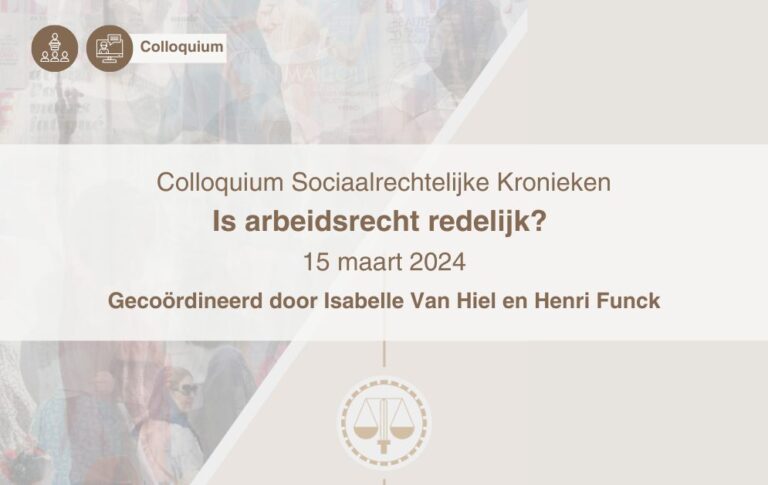
International Standards on Auditing
This book reflects the scientific work which is based on Dries’ passion for the ISAs. It provides answers to questions, including:
- Are ISAs optimal auditing standards from a theoretical audit quality perspective?
- What is the advantage of principles-based over rules-based standards, and in what respect may such standards contribute to audit quality?
- In what way is the potential impact of auditing standards on audit quality contingent on the applicable institutional context?
- In what way is the legitimacy of auditing standardsetters under pressure?
- What may be the influence on standard-setting and regulation in general of a desire amongst policymakers for zero-tolerance in terms of residual risk?
- How does a researcher define and measure audit quality from a scientific perspective?
- In what respect is “compliance” different from “quality”?
Next to scientific arguments, this book is a unique attempt to providing empirical results related to audit reports issued in practice from 2004 to 2009:
- Which parties contribute towards compliance with ISA reporting standards: de-jure auditing standard-setters (IAASB, national auditing standards) or de-facto auditing standard-setters (Big-N auditing networks)?
- Are audit reports standardised from an individual criterion point of view?
- Is the text of audit reports harmonised at the international level, as we would expect from an ISA perspective?
This book is highly recommended for policymakers, standard-setters and academics around the globe who are interested in auditing standard-setting.
€83
Auteurs
Productspecificaties
Inhoud
Foreword
Table of contents
Preface
Introduction
1. ISAs: a driver of audit quality?
1.1. Theoretical foundations of the audit function and audit service quality
1.1.1. Economics of information theory
1.1.2. Agency theory
1.1.3. Signalling theory
1.2. Audit quality and International Standards on Auditing
1.2.1. Definitions of audit quality 000
1.2.2. Reasonable assurance 000
1.2.3. Relevance of auditing standards to the actual conduct of a financial audit
1.2.4. Principles-based or rules-based auditing standards?
1.2.5. The myth of optimal auditing standards
1.2.6. International or national auditing standards?
1.2.7. PCAOB standards or ISAs?
1.2.8. Audit risk and the audit expectations’ gap
1.2.9. Auditing standards for SMEs
1.3. Measurement of audit quality
1.3.1. Audit fee
1.3.2. Earnings quality
1.3.3. Audit opinion
1.4. Incentive alignment and/or monitoring mechanisms related to audit quality
1.4.1. Quality assurance
1.4.2. Auditor reputation
1.4.3. Auditor litigation
1.4.4. Public oversight and enforcement
1.5. Conclusions from Chapter 1
2. ISAs: institutional context and comparative study
2.1. Neo-institutional theory
2.1.1. From economic theory to sociology and back – the foundations of social interaction
2.1.2. Institutions and their process of developmentv
2.1.3. Embedded agency
2.1.4. Transformation of the institutional field of auditing
2.2. De-jure auditing standard-setters
2.2.1. International auditing standard-setter: from IAPC to IAASB
2.2.2. In search of legitimacy for the ISAs
2.2.3. Local auditing standard-setters
2.3. De-facto auditing standard-setters
2.3.1. Forum of Firms
2.3.2. Big-N auditing networks (and local network member firms) as institutional entrepreneurs
2.3.3. Big-N auditing networks and audit quality
2.4. Comparative study
2.4.1. BEGAAS
2.4.2. ISAs vs. BEGAAS
2.5. Conclusions from Chapter 2
3. Auditors’ reports in the financial sector: harmonisation of ISA reporting characteristics
3.1. Overview of literature related to harmonisation of auditors’ reports
3.2. Formulation of hypotheses to be tested
3.3. Definition and measurement of international harmonisation and standardisation
3.4. Data gathering exercise and descriptive analysis
3.4.1. Data gathering exercise
3.4.2. Description of dependent variables
3.4.3. Description of explanatory variables
3.4.4. Data quality checks
3.4.5. Further descriptive analysis
3.5. Regression models and results
3.5.1. Regression models related to the measurement of international harmonisation and standardisation – the Micro models
3.5.2. Statistical considerations related to regression models with compliance scores – The Macro and Meso models
3.5.3. Results from compliance score regressions – the YMAC model
3.5.4. Robustness checks related to the compliance score regressions (IFRS)
3.5.5. Robustness checks related to the compliance score regressions (MESO regressions)
3.5.6. Robustness checks related to the compliance score regressions (TOTASS)
3.6. Conclusions from Chapter 3
Overall Summary
List of abbreviations
List of figures and tables
References
Appendix – Results from regression and cluster analyses
Volledige omschrijving
This book reflects the scientific work which is based on Dries’ passion for the ISAs. It provides answers to questions, including:
- Are ISAs optimal auditing standards from a theoretical audit quality perspective?
- What is the advantage of principles-based over rules-based standards, and in what respect may such standards contribute to audit quality?
- In what way is the potential impact of auditing standards on audit quality contingent on the applicable institutional context?
- In what way is the legitimacy of auditing standardsetters under pressure?
- What may be the influence on standard-setting and regulation in general of a desire amongst policymakers for zero-tolerance in terms of residual risk?
- How does a researcher define and measure audit quality from a scientific perspective?
- In what respect is “compliance” different from “quality”?
Next to scientific arguments, this book is a unique attempt to providing empirical results related to audit reports issued in practice from 2004 to 2009:
- Which parties contribute towards compliance with ISA reporting standards: de-jure auditing standard-setters (IAASB, national auditing standards) or de-facto auditing standard-setters (Big-N auditing networks)?
- Are audit reports standardised from an individual criterion point of view?
- Is the text of audit reports harmonised at the international level, as we would expect from an ISA perspective?
This book is highly recommended for policymakers, standard-setters and academics around the globe who are interested in auditing standard-setting.
Anderen bekeken ook
Blijf op de hoogte van relevante informatie, recente publicaties en opleidingen.
Schrijf u in op onze nieuwsbrief.
Nieuwsberichten
Blijf op de hoogte van de laatste ontwikkelingen en nieuwe updates.














